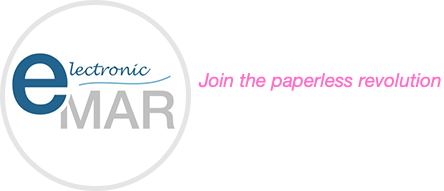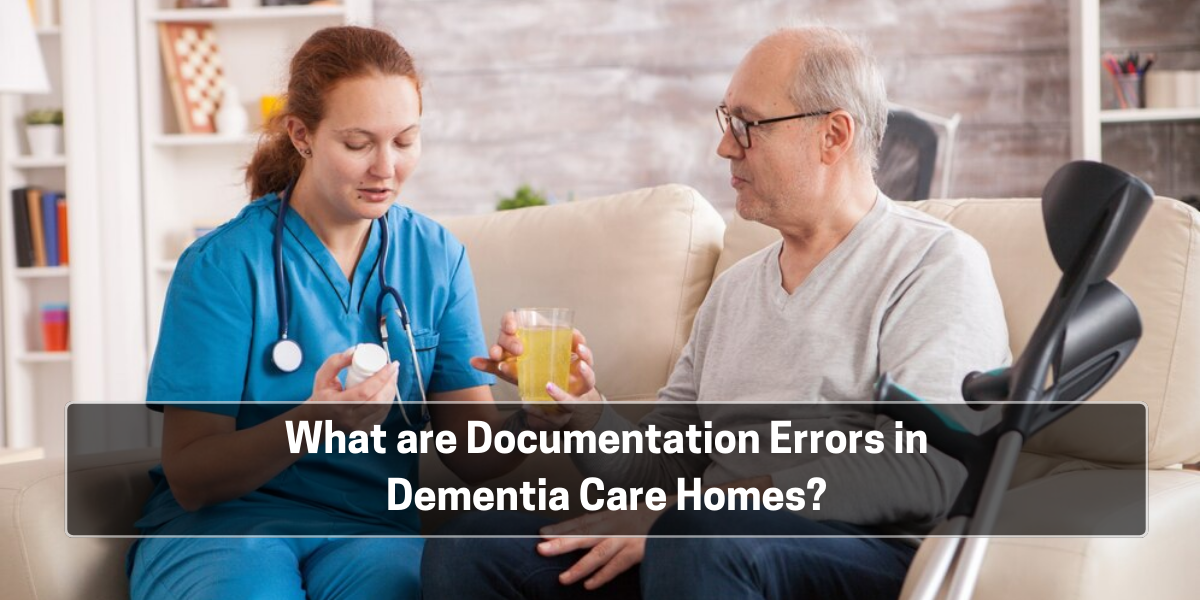Dementia care homes must maintain detailed documentation for each patient. This includes records of medication, allergy information, and more. Proper documentation is crucial; failure to maintain it can compromise care and even endanger residents. In addition, inadequate documentation exposes dementia care homes to legal liabilities. Here, we explore common documentation errors that can affect these facilities.
Incomplete or Missing Information:
- Missing Observations: Caregivers might overlook recording sudden behavioural shifts in residents, related to mood or general health. Not documenting these changes promptly can lead to treatment delays.
- Unclear Language: When documenting changes, caregivers must be detailed and specific. Vague terms can lead to misunderstandings about the nature of the changes.
- Omitted Care Details: Caregivers need to document all occurrences meticulously, including medication administration and incidents impacting a patient’s care evaluation and treatment plans.
Inaccuracies:
- Incorrect Vital Signs: Recording inaccurate data, especially regarding vital signs such as blood pressure or temperature, can hinder optimal treatment.
- Medication Record Mistakes: Errors in noting medication dosage or administration times are common and can significantly risk the safety of dementia patients.
Also, caregivers should not assume all problems in dementia residents are solely due to dementia. Overlooking other potential health conditions can lead to more serious issues.
Consequences of Documentation Errors:
- Delayed or missed diagnoses
- Incorrect medication administration
- Unnecessary medical procedures and tests
- Legal and financial implications, potentially damaging the care home’s reputation
The implementation of a standardised approach to documentation is essential in dementia care homes for several key reasons. Firstly, it ensures consistency in care, which is crucial for providing effective and safe care. It also improves communication amongst caregivers, reducing the likelihood of misinterpretation or oversight. It also enhances safety and risk management. Furthermore, it helps in maintaining regulatory compliance and legal protection. It allows for the collection of uniform data, which can be used to identify areas for improvement and enhance the overall quality of care.
The Electronic Medication Administration Record (eMAR) plays a crucial role in avoiding documentation errors in healthcare settings, including care homes, hospitals, and other medical facilities. Here’s how eMAR helps in reducing these errors:
- Automation of Data Entry: eMAR systems automatically record medication administration details, reducing the need for manual data entry, which often leads to documentation errors. eMAR pulls information directly from electronic health records or pharmacy systems, reducing the likelihood of transcription errors.
- Real-time Updates: eMAR provides real-time updates and access to medication information. This means that any changes in a patient’s medication orders are immediately reflected in the system, ensuring that caregivers work with the most current information.
- Standardised Protocols: eMAR standardises the medication administration process, ensuring that everyone uses the same system and follows the same steps. This reduces variability and the potential for errors that come with multiple documentation styles or systems.







